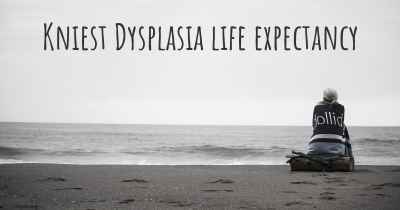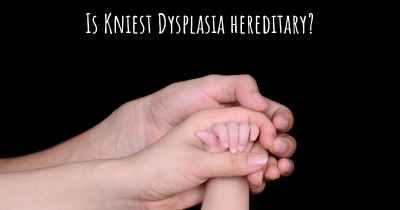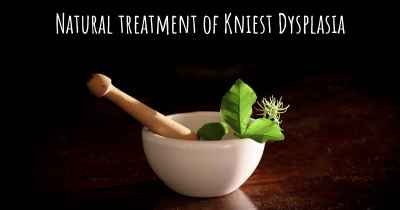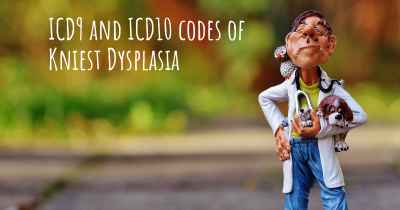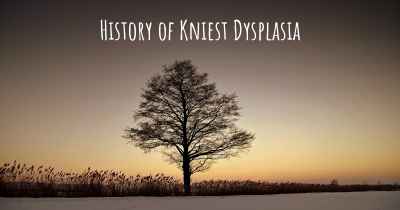Living with Kniest Dysplasia. How to live with Kniest Dysplasia?
Can you be happy living with Kniest Dysplasia? What do you have to do to be happy with Kniest Dysplasia? Living with Kniest Dysplasia can be difficult, but you have to fight to try to be happy. Have a look at things that other people have done to be happy with Kniest Dysplasia
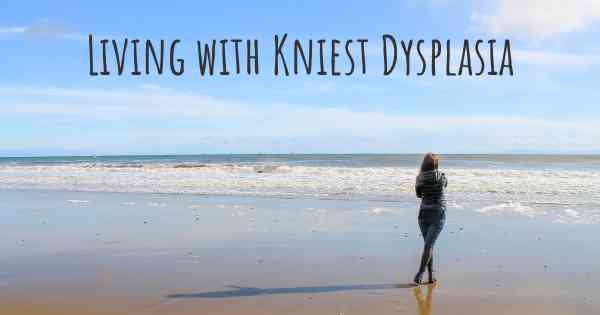
Kniest Dysplasia is a rare genetic disorder that affects the growth and development of bones. Living with Kniest Dysplasia can present various challenges, but with proper care and support, individuals can lead fulfilling lives.
Medical Management
It is crucial for individuals with Kniest Dysplasia to have regular medical check-ups and consultations with a team of healthcare professionals. Orthopedic specialists, geneticists, physical therapists, and other specialists can provide valuable guidance and support.
Physical Therapy and Exercise
Physical therapy plays a vital role in managing Kniest Dysplasia. A physical therapist can design a personalized exercise program to improve mobility, strengthen muscles, and enhance overall physical function. Regular exercise can help maintain joint flexibility and prevent complications associated with limited mobility.
Assistive Devices
Depending on the severity of symptoms, individuals with Kniest Dysplasia may benefit from using assistive devices such as braces, crutches, or wheelchairs. These devices can provide support, improve mobility, and enhance independence.
Pain Management
Chronic pain is a common challenge for individuals with Kniest Dysplasia. Pain management strategies may include medications, physical therapy techniques, and alternative therapies such as acupuncture or massage. It is important to work closely with healthcare professionals to find the most effective pain management approach.
Emotional Support
Living with a rare condition like Kniest Dysplasia can be emotionally challenging. Seeking emotional support from family, friends, support groups, or mental health professionals can provide a valuable outlet for expressing feelings, sharing experiences, and finding encouragement.
Education and Advocacy
Education about Kniest Dysplasia is essential for individuals, their families, and the wider community. By raising awareness and advocating for their needs, individuals with Kniest Dysplasia can help create a more inclusive and understanding society.
Independence and Adaptation
While Kniest Dysplasia may present physical limitations, it is important to focus on maximizing independence and adapting to daily challenges. Modifying the living environment, using assistive technologies, and developing strategies to overcome obstacles can empower individuals to live life to the fullest.
Regular Follow-ups
Regular follow-up appointments with healthcare professionals are crucial to monitor the progression of Kniest Dysplasia, address any emerging issues, and adjust treatment plans accordingly. Staying proactive in managing the condition can lead to better outcomes and overall well-being.
Living with Kniest Dysplasia requires a multidisciplinary approach, encompassing medical management, physical therapy, pain management, emotional support, education, and adaptation. By embracing these strategies and seeking appropriate support, individuals with Kniest Dysplasia can lead fulfilling lives and overcome the challenges associated with the condition.
Posted Oct 31, 2018 by Shere 2500
